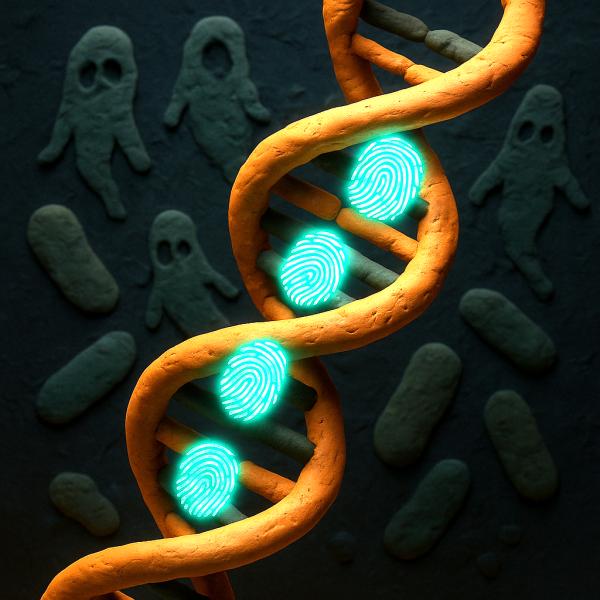
Colorectal cancer (CRC) is the third most common cancer worldwide. More troubling is that what had been a stable incidence is now rising, particularly early-onset CRC – in the birth cohort of the 1980s. The rising incidence in those early to late 40s suggests a risk exposure during early life, between birth and adolescence.
Established risk factors include the usual suspects, family history and genetic history, inflammation in the form of inflammatory bowel disease, and dietary patterns involving red and processed meats and alcohol. Additionally, early-onset CRC seems to have a racial predilection, with stable rates among African Americans and accelerating rates among White Americans.
Early-onset CRC patients experience a longer duration of symptoms with a longer time to diagnosis, resulting in advanced disease being the first finding. Again, the usual suspects, diminished awareness, reluctance to seek medical care, and a lack of focused screening on this age group have contributed to the diagnostic delays.
CRC is associated with “Westernizing” lifestyles. The rise in early-onset cases involved a birth cohort 30 years later than the initial rise in CRC, suggests that early-onset CRC “might possibly be due to unmeasured confounding by early-life exposures.” A lack of early-life information has hampered research. From a pathophysiologic viewpoint, growth in early life is accompanied by accelerated cell division and turnover, possibly creating a susceptibility to DNA damage that is inefficiently repaired.
Disentangling the complex interactions of exposures and genetics remains challenging. A new study in Nature turns to mutational epidemiology to find a linkage. Mutational epidemiology searches for molecular fingerprints, distinctive genomic patterns left behind by carcinogens and biological processes. These mutational signatures are like distinct calling cards helping to reveal how the cancers developed.
The researchers gathered CRC from across the globe, sorting them into subtypes based on their mutational features, those “fingerprints,” and the patient’s DNA repair capacities.
The most common, microsatellite stable (MSS) tumors had technically functional repair systems. Yet, their DNA showed signs of structural chaos—like a library with shelves intact but books wildly out of place. In contrast, microsatellite instability (MSI) tumors, which comprise about 16% of cases, were riddled with small errors—more like thousands of typos in a book written with a broken spellcheck. [1]
There were 97 early-onset cases of CRC among the roughly 900 collected specimens. Scientists expected early-onset CRC to carry the heavy mutational burden typical of inherited DNA repair failures. However, the data had a twist. Most of these tumors came from the MSS group with functioning repair systems. If the repair crew was working, how did so much damage get through?
- Two mutational signatures, SBS88 and ID18, were 3 to 4 times more common in early-onset tumors and three-fold more prevalent in individuals under age 40 compared to those over 70.
- These signatures appear early in cancer development, supporting the idea of childhood or adolescent exposure.
- Both mutational signatures are associated with colibactin, a genotoxic bacterial toxin linked to alterations of the APC gene, an early driver gene for CRC. An early driver gene is one of the first to acquire a mutation that sparks the shift from a normal to a cancerous cell. These mutations give cells a growth advantage and help them bypass normal controls, directly fueling tumor development. Because they appear early, they’re usually found in all cancer cells and are key targets for early detection.
Colibactin is produced by certain strains of Escherichia coli that carry a specialized genetic element called the pks island, a series of enzymes that together assemble the complex chemical structure of colibactin. These pks+ E. coli strains are found in the human gut microbiome. But here is the key finding: despite the genetic fingerprints pointing to colibactin, the microbial suspects were long gone. The gut no longer consistently harbored the bacteria, but the DNA damage, like a ghost at a crime scene, remained.
This disconnect between absent microbes and present mutational signatures reinforces a profound insight and challenge. Our DNA is a molecular time capsule, preserving the record of exposures long after the agents disappear.
This challenges a foundational tenet of how we assess disease risk. While important, family history and present-day lifestyle may only tell part of the story. Critical exposures—microbial, dietary, environmental, may have occurred decades earlier, in the silent chapters of early life, and left no immediate trace. Yet these fleeting encounters can quietly redirect biological pathways, altering the course of disease long before symptoms emerge. As our understanding of cancer’s origins deepens, we move beyond asking what went wrong to uncovering when it did, revealing that the seeds of illness may be planted long before we know we’re at risk.
[1] Lynch syndrome is the most common hereditary condition of CRC caused by MSI-inherited mutations in genes responsible for DNA mismatch repair. It significantly increases the risk of developing colorectal cancer as well as endometrial, ovarian, and stomach cancers.
Sources: Rising incidence of early-onset colorectal cancer: a call for action National Review of Clinical Oncology DOI: 10.1038/s41571-020-00445-1.
Geographic and age variations in mutational processes in colorectal cancer Nature DOI: 10.1038/s41586-025-09025-8



